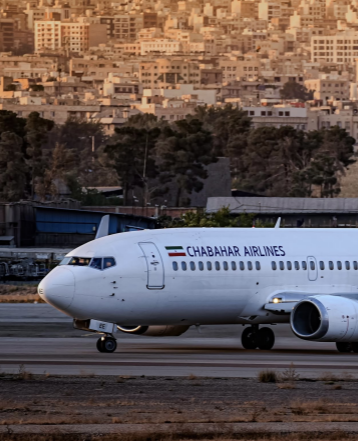The Boeing 737-300 aircraft is an aircraft developed by Boeing.
Narrow-body passenger aircraft, the following is a detailed introduction to this model.
Shao:
• Development and delivery process
• Start of development: In March 1981, Boeing officially launched
Began to develop the Boeing 737-300 aircraft.
• General assembly begins: In mid-1983, the Boeing 737-300
The general assembly work begins.
• Prototype factory: January 1984. The first Boeing
The 737-300 prototype is out of the factory,
First test flight: February 24, 1984, Boeing 737-
300 made its first test flight.
• First delivery: November 28, 1984, Boeing 737-
300 delivered to the airline for use for the first time
• Shutdown time: Due to the casting of the new generation Boeing 737NG
Production, the second-generation Boeing 737 (including 737-300) in
It was discontinued in 2000. The last 737-300 was in 2000
Annual delivery.
II. Aircraft parameters and performance
• Wingspan: 28.9 meters
• Fuselage length: 33.4 meters
• Height: 4.01 meters
• Cockpit width: 3.54 metres
• Cockpit height: 2.20 meters
• Economic layout passenger capacity: 149 people
• Cargo hold volume: 30.2 cubic meters
• Maximum business load: 16 tons
• Maximum fuel tank capacity: 20105 liters
• Maximum total take-off weight: 62 tons
• Maximum load range: 2,993 kilometers
• Maximum fuel range: 4175 kilometers
• Maximum flight altitude: 11280 meters
• Power installation: two CFM56-3 turbofan engines
(Maximum thrust 22,000 pounds)
• Maximum cruising speed: 831 km/h
III. Features and improvements of aircraft
· Lengthening of the fuselage: Boeing 737-300 fuselage is better than Boeing
The 737-200 model lengthens 2.64 meters (wing front fuselage plus
The length is 1.12 meters, and the rear wing fuselage is lengthen by 1.52 meters), lifting
It provides more cabin space and cargo capacity.
• Engine upgrade: switch to CFM-56 with high duct ratio
The turbine fan engine not only improves noise and economy
Sex, and Dan's thrust is higher than that of the JT8D used by the first-generation 737.
• Electronic instrumentation system: The adoption of a new electronic instrument (EFIS), that is, the electronic flight instrumentation system, improves the safety and accuracy of flight.

